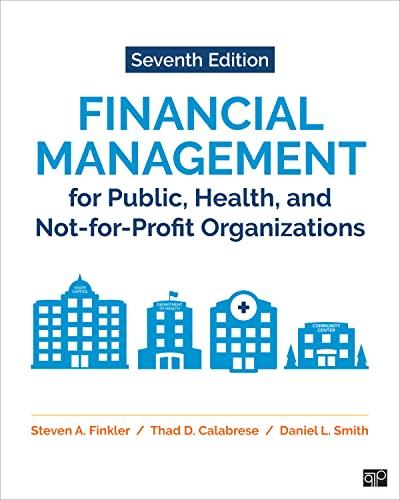Answered step by step
Verified Expert Solution
Question
1 Approved Answer
please help with question 2 Valuation, exchange offers: homework problems To solve these problems you need to apply the formula PV, - CF,/(k-g), CF,=cashflow received

please help with question 2
Valuation, exchange offers: homework problems To solve these problems you need to apply the formula PV, - CF,/(k-g), CF,=cashflow received in period 1 (end of the first period), k=cost of capital, g-growth rate. For all problems, when a company pays for the target's stock with its own stock, it simply issues additional shares. In stock offers, the offered value employs the acquirer's stock price as of before the deal is done. Also, I suggest that you value the post-merger company by adding up the values of its components (the acquirer and the target), each with its own cost of capital and expected growth rate, rather than using a single post-merger cost of capital and growth rate of the combined company. The post-merger EPS equals the post-merger projected sum of earnings of both acquirer and target, divided by the post-merger number of shares. He effective premium is 1. Consider a merger between two companies, 1 and 2, that is carried out by an exchange of stock. Company 1 is the acquirer. Each company has 100 shares. EPSI = $1, EPS2 = 2 (both received at the end of the year). Assume for simplicity that dividend = earnings. B1 = 1, B2 - 2.5. Rp = 0.07, Risk premium = 0.06. The growth rate is zero. There are no expected synergies. a. What is the exchange ratio that will leave the price of company 1 unchanged? b. What happens to the EPS of company 1 after the merger? Should its price change as a result, and in what direction? 2. Consider the following data on two companies: Company A Company B Expected cash flows (end-of-year) $1m $2m Number of shares Im 2m Cost of capital 10% 15% Growth rate of CFS 3% 0% Assume that the valuation is based on discounted cash flows. Assume all-equity firms.) Company A acquires company B for stock. The merger is as of time 0. As a result of the merger, B'S end-of-year CFs will rise by 10%, and its annual growth rate thereafter will rise to 2%. B's shareholders (SHS) are promised a premium of 40% over its current (pre-merger) value, using the current (pre-merger) price of A to determine the exchange ratio. a. What will be the price of A after the merger is completed and all the information is reflected in its price? b. What is the effective premium (in %) to B's SHs after the merger is completed? (That is, the premium received by target SHs relative to the pre-offer price, using the acquirer's stock price after the merger is completed.) Assume that A pays for B in cash, 40% over its pre-merger price, financed by debt (ignore tax, agency and bankruptcy effects, assume M&M: V=Equity+Debt). What will be A's stock price after the deal is completed? c Step by Step Solution
There are 3 Steps involved in it
Step: 1

Get Instant Access to Expert-Tailored Solutions
See step-by-step solutions with expert insights and AI powered tools for academic success
Step: 2

Step: 3

Ace Your Homework with AI
Get the answers you need in no time with our AI-driven, step-by-step assistance
Get Started


